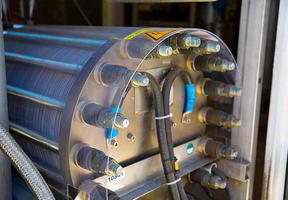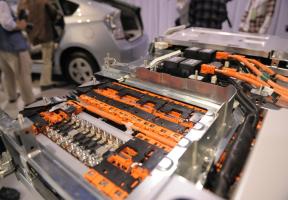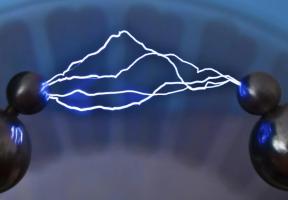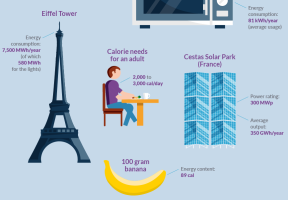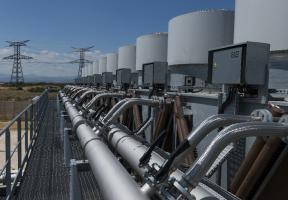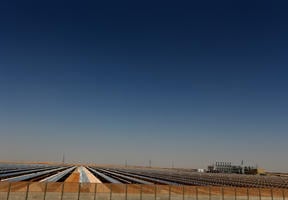How They Work: Pumped-Storage Power Plants
Updated on 12.22.20225 min read
Pumped-storage plants are reversible hydroelectric facilities where water is pumped uphill into a reservoir. The force of the water flowing back down the hill is then harnessed to produce in the same way as conventional hydroelectric plants. Their ability to store electricity makes them an effective tool to overcome the intermittent nature of wind and solar power.

© JEAN-PIERRE CLATOT / AFP - Turbines in the Grand'Maison hydropower plant in the French Alps, the most powerful of its kind in France. The two reservoirs, an upper and a lower, together form a pumped-storage power system.
Concept
Pumped-storage plants are structured around two bodies of water, an upper and a lower reservoir1 (see the diagram below).
At times of very high consumption on the grid, the water from the upper reservoir, carried downhill by a penstock, drives a turbine and a generator to produce electricity, which is used to meet the increased demand.
When demand is low, electricity is taken from the grid to power a pump that sends water from the lower reservoir back up to the upper reservoir, where it can be discharged again to drive the turbine. In this way, the water in the upper reservoir constitutes a stock of gravitational , ready to be used when needed.
The stored energy is proportional to the volume of water and the height from which it falls.
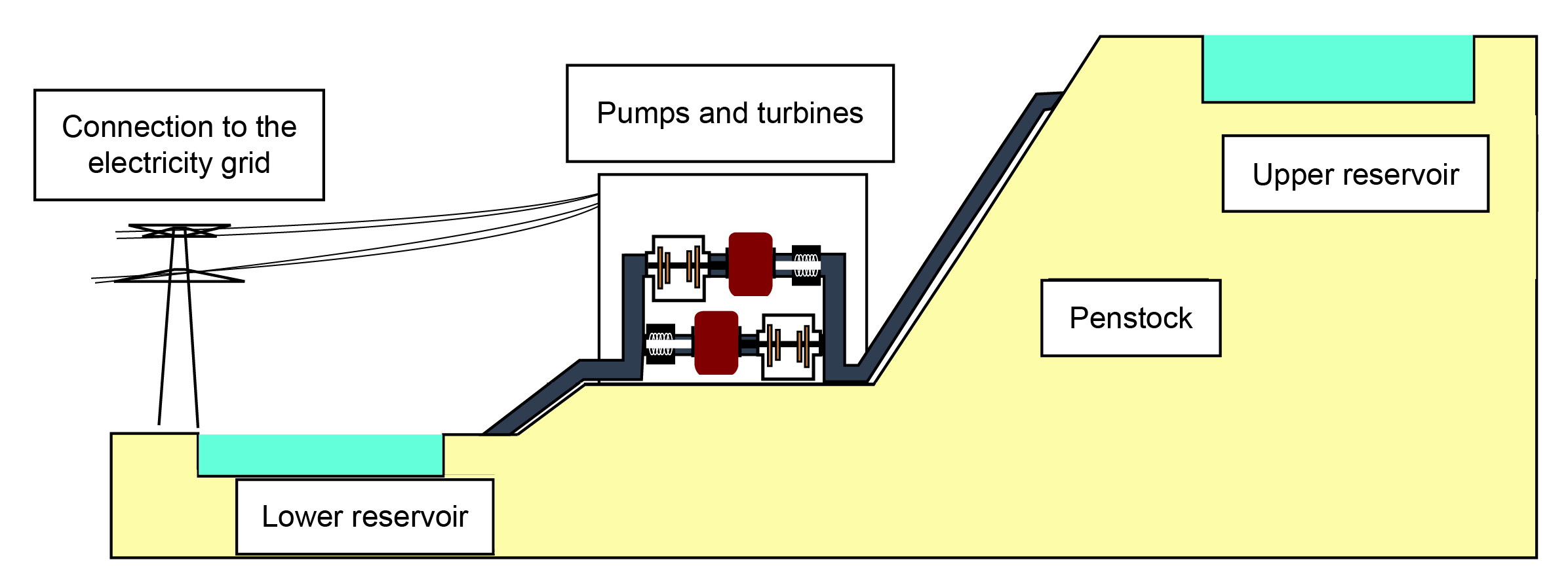
A Partial Solution to Intermittency
Pumped-storage power plants were first developed in the 1970s to improve the way major thermal and nuclear power plants dealt with widely fluctuating demand for electricity at different times of the day.
There is now fresh enthusiasm for them worldwide due to growing use of intermittent such as wind and solar power. Depending on wind strength and light conditions, electricity production can at certain times exceed grid demand. The surplus electricity can then be used to power the pumps.
Future Prospects
The new model for using the plants in combination with renewable energy has led to a revival of the technology. In 2000, there were around 30 pumped storage power plants with a capacity of more than 1,000 megawatts worldwide. Twenty years later, there are more than 400 of them, providing 95% of electrical storage, even though the share of large-capacity electrochemical batteries is steadily increasing. France has six STEPs2.
Two barriers are preventing more pumped-storage power plants from being set up – first, the significant financial investment required, and second, the impacts on the environment and the landscape.
Pumped-storage power plants are generally built in the mountains, but coastal power plants using seawater are now emerging as a new model. These can be useful for recovering electricity from large wind farms, or for ensuring that islands are energy independent. For the system to work, the upper basin, located on the top of a cliff or behind a dam, must be at least 100 meters higher than the sea, which acts as the lower basin.
One such plant has been set up on the Canary Island of El Hierro, for example (see photo). It uses the excess energy produced by five wind turbines to pump water up to a reservoir 700 meters above sea level. EDF is also considering projects on Réunion Island, in Guadeloupe and in Martinique.
Many companies are working on designs for micro pumped-storage power plants with small tanks on two levels, which could provide energy for remote villages in the mountains, for example.
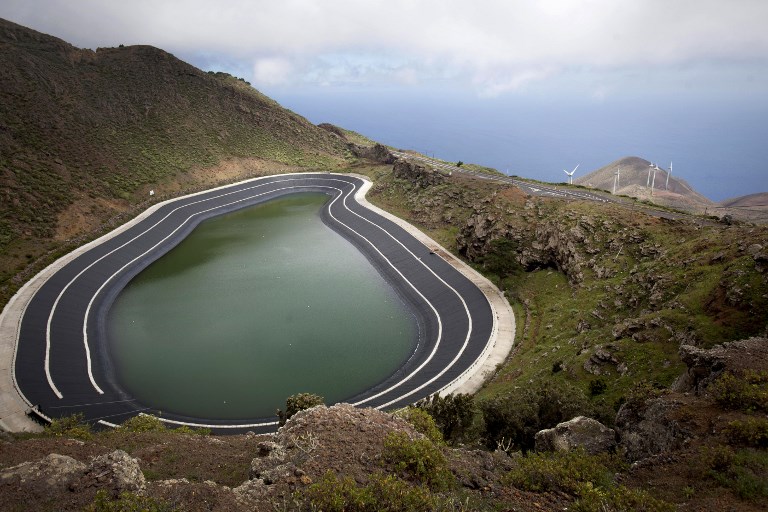
Sources:
- More information from EDF (in French only)
- Grand’Maison (1,790 megawatts) and Le Cheylas (460 megawatts) in Isère, Montézic (910 megawatts) in Aveyron, Revin (800 megawatts) in Ardennes, and Super-Bissorte (730 megawatts) and La Coche (330 megawatts) in Savoie.

